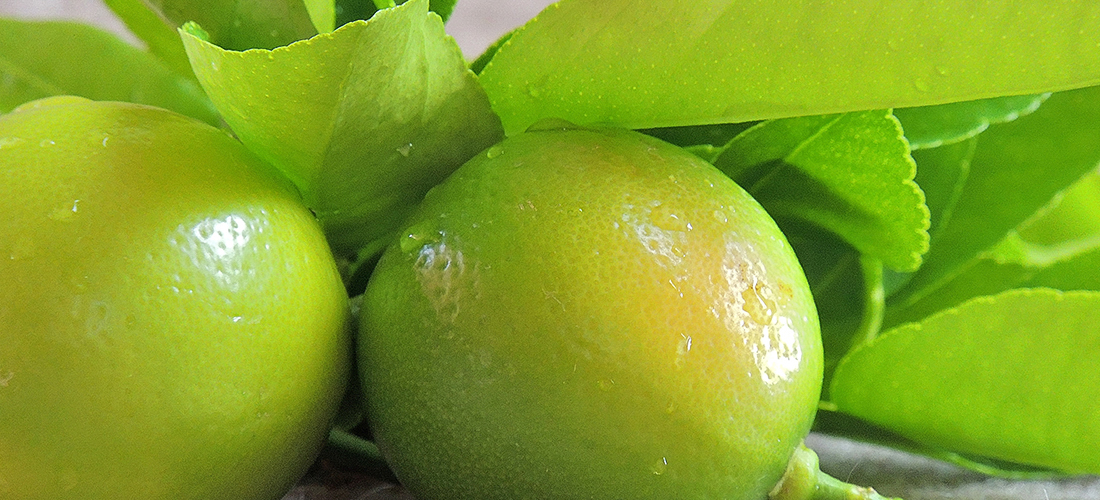Fermented Lime Pickle
- Mustards, Vinegars & Ferments
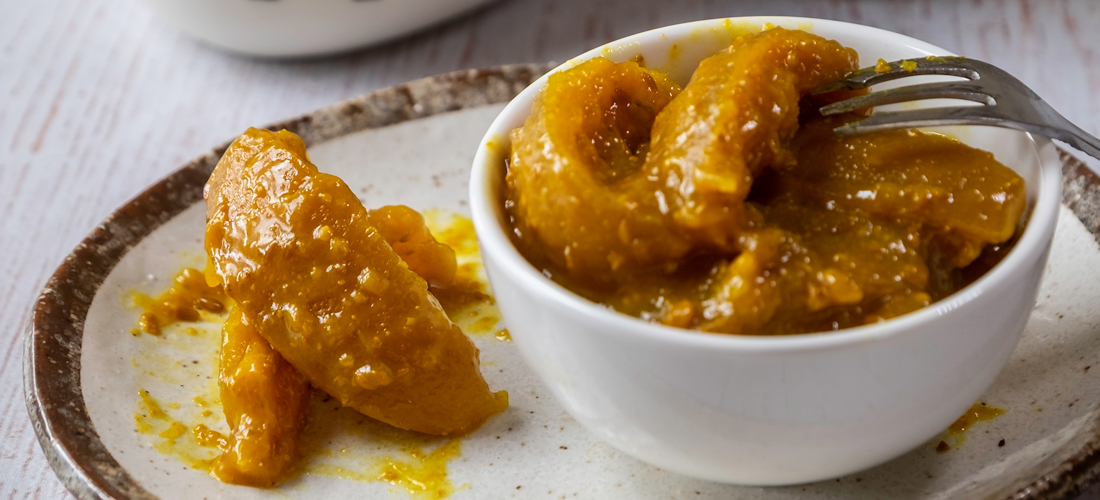
Fermented lime pickle, with its complex sour, tart and salty flavour and heady mix of aromatic spices, is a traditional Indian accompaniment. No Indian feast is complete without pickles on the table. They form an integral part of the meal and aid digestion. This lime pickle, with its contrasting flavours, will tickle the palate and add colour and vibrancy to your meal. It's easy to make, with very little preparation time, then set in the pantry where it will ferment away quietly transforming the flavours and texture to create a truly unique pickle. Also known as Nimbu ka achaar, it is also served with samosa, parathas, and other snacks.
It can be made without the asafoetida, but it just won’t be the same. It’s worth hunting around for in Indian and Asian speciality grocery stores or on-line. It will make a homemade chutney that’s fit for the maharajah’s table.
- Preparation Time:
- 40 minutes + 6 weeks over 2 fermentation stages
- Cooking Time:
- 15 minutes
- Quantity:
- 7 x 200 ml jars
PREPARATION
Sterilise good quality glass jars with sealable lids
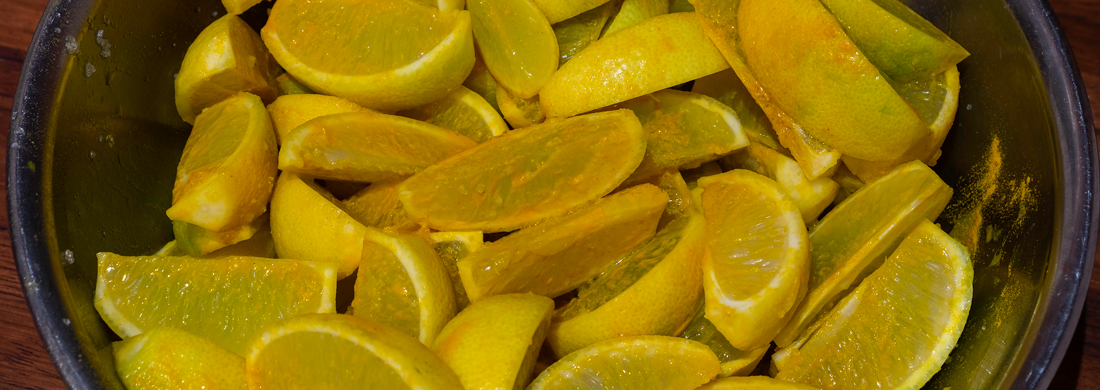
INGREDIENTS
- 900g
- Limes , fresh
- 5 tablespoons
- Salt, preserving
- 2 tablespoons
- Turmeric, ground
- 3 tablespoons
- White wine vinegar
- 100 ml
- Oil, vegetable
- 3/4 tablespoon
- Asafoetida, ground
- 3 tablespoons
- Mustard seeds, yellow
- 1 1/2 tablespoons
- Fenugreek seeds
- 2 teaspoons
- Cumin seeds
- 2 teaspoons
- Coriander seeds
- 1 1/2 teaspoons
- Chili, powder
- 250 ml
- Water
- 285g
- Light brown sugar
- 3 tablespoons
- White wine vinegar
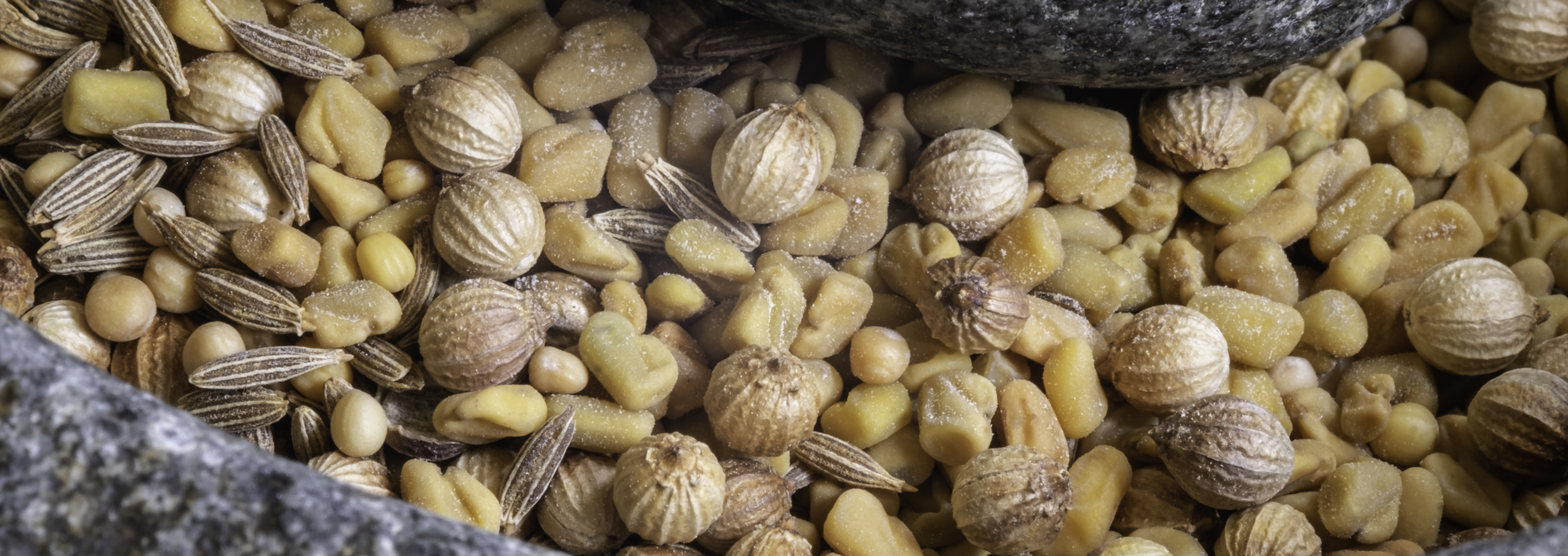
METHOD
If you want a finer pickle with small pieces of salty fermented limes, dice the limes.
Wash the limes to remove any debris and dry thoroughly. Any additional water at this stage will affect the final consistency of the pickle. Remove the ends off the limes. Cut into large chunks by slicing the lime into quarters, then each quarter into halves or quarters depending upon the size of the limes.
Place in a large bowl and add the salt, turmeric and 1 ½ tablespoons of vinegar. Mix thoroughly to ensure the lime pieces are coated.
Transfer into a large clean dry jar and cover with muslin cloth or a tea towel. Secure with a rubber band or kitchen twine.
Place the jar in the kitchen or pantry, somewhere out of the way, but where you can keep an eye on it. The ideal fermenting temperature is 18-20 C (65-68F). If the temperature is lower, the fermentation process will be slower. If it’s hotter the fermentation time will be shorter.
Allow the mixture to ferment at room temperature for approximately 3-4 weeks or until the lime skin is very soft. If you have diced the limes, depending on the weather, it may be ready earlier. To test if the peel is soft enough, squeeze a piece between the thumb and finger; it should squeeze easily to a mush. Check the ferment regularly during this initial fermentation stage and stir gently to ensure the limes remain covered in the mixture.
Once the first fermentation stage is complete, mix the mustard, fenugreek, coriander, and cumin seeds together. Using a mortar and pestle or a spice grinder, crush to a fine powder. Transfer to a small mixing bowl. Add the chili powder and asafoetida. Gently warm the oil, pour over the spices and mix thoroughly to a thick paste.
Place the water, sugar and remaining vinegar into a saucepan and simmer gently, stirring occasionally if required, until the sugar is dissolved. Slowly combine the water mix and seed paste, return to the heat and simmer gently for 10 minutes. Remove from the heat and allow to cool.
Transfer the fermented limes to a large mixing bowl. Add the paste and thoroughly mix again. Wash and dry the fermenting jar. Add the fermented limes ensuring they are completely covered. Cover with a muslin cloth or tea towel again and secure around the rim.
Place the jar in the kitchen or pantry again and allow to ferment for another 8-14 days, depending on the size of the limes. Check regularly, taste and stir making sure the limes remain submerged in the paste each time. The pickle should develop a balanced spicy, salty flavour with a prominent citrus note and contain the chunks of lime.
Spoon into sterilised clean dry jars to 5 cm (2 inches) from the top and seal.
Label, and store in a cool dark place in the kitchen or pantry.
Keeps for up to a year unopened. Once opened refrigerate and use within 2 months.
NOTES
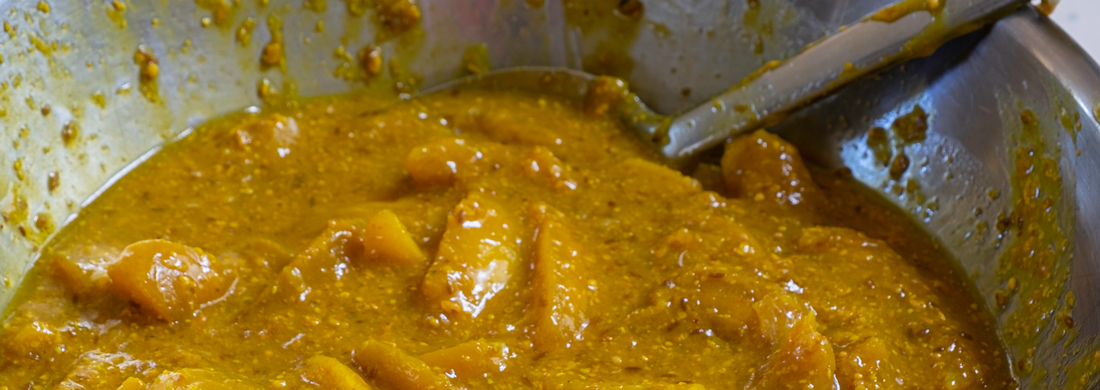 Stage 2 fermentation completed & ready for bottling
Stage 2 fermentation completed & ready for bottling- Thoroughly wash the limes to remove any debris that may accumulate on the skin or around the stalk. The salt content should inhibit the growth of any harmful bacteria during the fermentation process, however good hygiene is always important in preserving and when fermenting.
- Use a good quality sea salt, unrefined, where possible, when preserving. It’s worth hunting around for. Table salt, which is cheap and readily available in supermarkets contains stabilisers and anti-caking agents and often iodide which forms a whitish haze and sediments in pickled vegetable recipes. These additives and in particular iodine can affect the appearance and taste of pickles during the maturation and storage period. The ingestion of a cocktail of anti-caking chemicals such as calcium silicate, sodium silicoaluminate, tricalcium phosphate, magnesium carbonate, silicon dioxide and yellow prussiate of soda, is also unnecessary. Lite Salt may be used in quick pickle recipes; however, it may result in a slightly different taste than expected. Caution: Reduced-sodium salt in fermented pickle recipes is not recommended. This salt creates a favourable environment for the growth of harmful bacteria. The correct concentration of salt is vital to obtaining the crisp texture of fermented foods and food safety.
- Cut the lime into similar sizes so they develop a similar consistency.
- The fermentation times are an approximation as the ambient temperature of the kitchen/pantry area where it's being fermented will influence the rate of fermentation. In the first stage use the soft skin test, squeeze a piece between the thumb and finger; it should squeeze easily to a mush, to determine if it has fermented long enough. During the second fermentation be guided by your taste buds.
- If during any of the fermentation stages, the mixture develops a yeast or mould film or an “off odour” dispose of it and start again.
- Finely grind the seed mixture otherwise the final pickle will have a gritty texture.
- Asafoetida is a perennial herb, native to the mountains of Afghanistan and Persia and a common ingredient in Indian cuisine. It has been described as having a pungent odorous smell and apart from being referred to as the food of the gods. It is also known as stinking gum and devil’s dung. But don’t be put off by this. The flavour and pungency mellows during the fermentation process. It has the unique ability to harmonise the strong sweet, sour, and spicy flavours. The pickle can be made without the asafoetida powder, but it’s worth seeking it out as it provides that authentic touch.
- Variation: Substitute lemons for the limes. The same method and ingredients apply.
